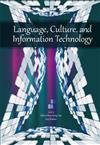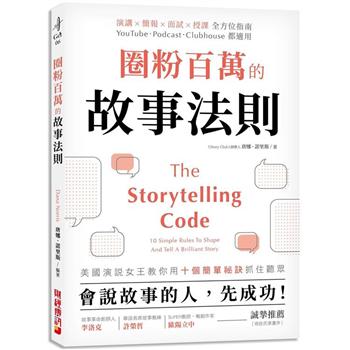Product Description
Section I:Cross-Cultural Distance Learning
1. Networked English Language Learning from English Tutorials to Cyber Interactions at Waseda University
2. Promoting Networking among Asian Students in the ELF Context:A Questionnaire Survey of Japanese University Students in the Cross-Cultural Distance Learning (CCDL) Program
3. Impacts of Cross-Cultural Communication:Changes in Hofstede’s Cultural Dimensions of Taiwanese University Students
4. Waseda University’s Cross-Cultural Distance Learning Program:A Teacher’s Discussion of CCDL
Section II:Technology in Teaching
5. A Task-Based Approach to Preparing EFL Students for the Use of Web Resources in Language Learning
6. An Introduction to Technology Used in International Distance Learning Courses at Tamkang University
7. Bridging the Gap Between Second Language Acquisition Research and the Development of Automated Scoring System for Second Language Speech
Section III:Second Language Acquisition
8. Writer’s Decision-Making Process and Revision Behaviors in L2 Peer Review
9. The Role of Metacognitive Knowledge Concerning Strategy Use in First and Foreign Language Reading Comprehension:An Investigation of Taiwanese Adolescent Readers of Chinese and English

 共
共 









